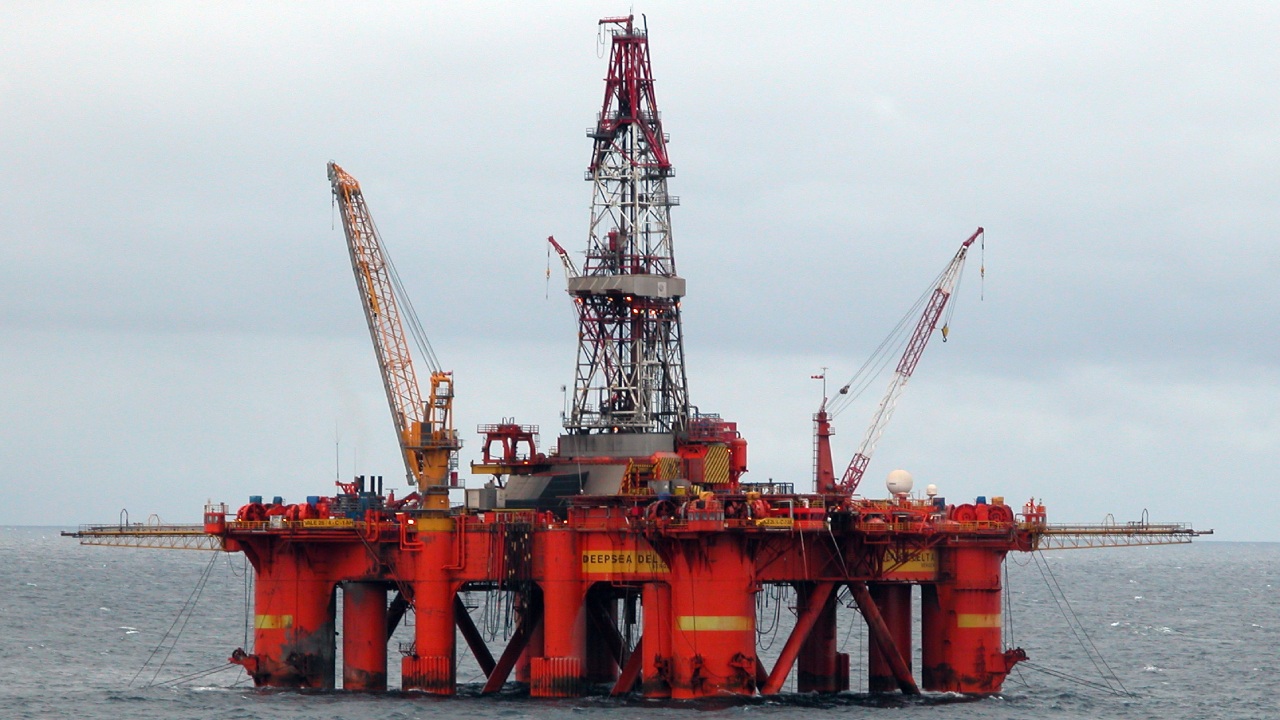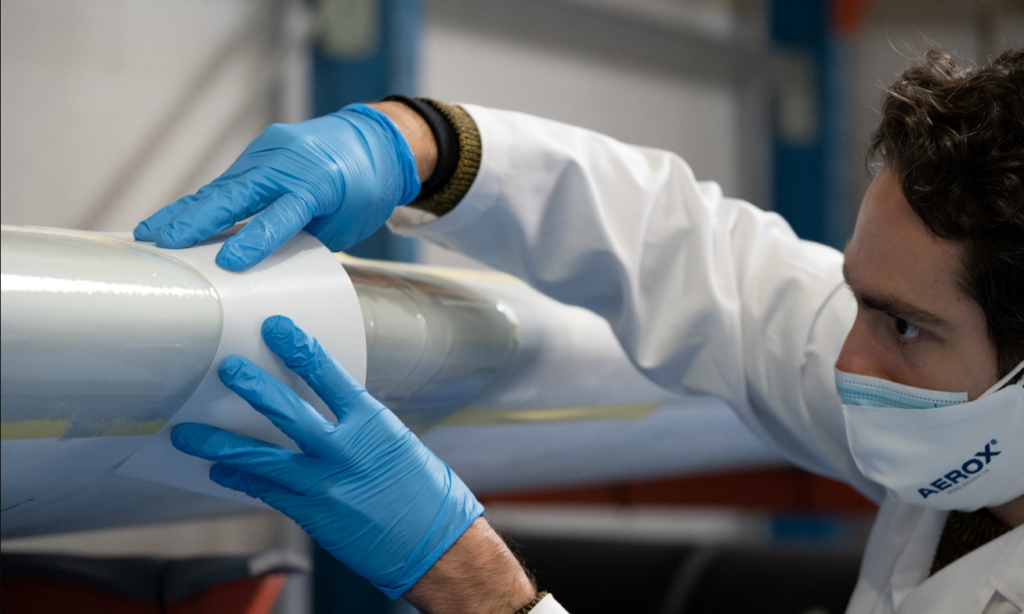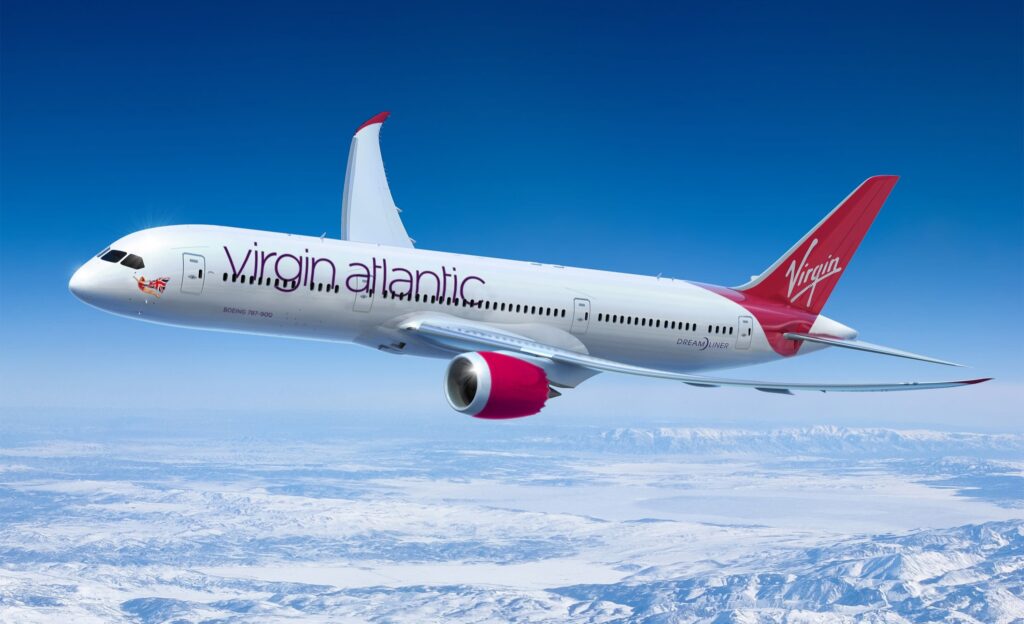When BSEE dropped their new offshore drilling rulebook on October 29, subsea engineers knew they’d be pulling extra shifts. The regs zero in on the scary stuff – anything pushing past 15,000 PSI or cooking at 350°F (177°C). After watching wellheads and BOPs strain at these pressures, the feds aren’t taking chances.
Out in the Gulf, Chevron and TotalEnergies are already dancing with 20,000 PSI at their Anchor field, drilling down to a mind-bending 34,000 feet (10,363 m). But BSEE’s not sugar-coating it: “Historically, most oilfield equipment has not been designed to withstand such high pressures and temperatures,” their final rule states bluntly. When you’re pushing steel and seals this hard, you’re writing new chapters in the engineering playbook.
Speaking of pressure cookers, BP’s gearing up to hit 20,000 PSI at Kaskida. Yeah, the same BP that lost control at 15,000 PSI during Deepwater Horizon, killing 11 and dumping 3.19 million barrels into the Gulf. They’ve got SLB’s latest subsea boosting tech this time, and they’ll need it – there’s 10 billion barrels down there, found back in 2004 when this kind of pressure was pipe dream territory.
The Gulf keeps the pumps running at 14% of U.S. juice, aiming to push 1.88 million barrels daily by 2025’s end, up from September’s 1.63 million. Chevron’s betting Anchor can jump from 15,000 to 45,000 bpd between now and 2025. Industry number crunchers say there’s maybe 5 billion barrels globally just waiting for this tech to mature.
Rystad Energy’s Matthew Hale runs the math: deepwater ops break even at $40 per barrel versus Permian’s $50. But those figures don’t factor in what happens when a 20k PSI seal decides to call it quits. The new rules demand real-time monitoring of every burp and whisper from the wellhead. Remember API Standard 53? That’s just the warm-up now.
The metallurgy folks have been earning their keep, redesigning everything from seal compounds to pressure control systems. We’re talking about managed pressure drilling syncing with floating production systems while enhanced risers try not to buckle. Past experience shows regular equipment visits the chiropractor at these depths.
Environmental watchdogs got their say too – pressure safety valve systems need constant babysitting, and wellhead monitoring better catch every hiccup. Reservoir pressure management isn’t just clipboard work anymore; subsea trees need to prove they’re not just hanging on for dear life.
The nitty-gritty includes high-pressure seal materials that wouldn’t look out of place in a space program, monitoring systems watching for the slightest temperature or pressure wobble, and emergency shutdowns that don’t ask for permission. Chemical injection systems and flow assurance gear need to prove they can take the heat – and the squeeze.
Similar Posts
Past equipment rap sheets led to these tighter rules. Each pressure test gets documented like a crime scene, fatigue analysis goes under the microscope, and material compatibility studies fill hard drives. Subsea control systems better have backups for their backups.
Gas lift systems and subsea separation units are still giving engineers headaches at these depths. Cement bond integrity and drilling fluid management keep well supervisors up at night – equipment stress reports read like horror stories sometimes.
The API’s HPHT standards (API 17TR8) lay down the law for qualifying equipment, but even veteran engineers admit we’re short on long-term reliability data. When you’re monitoring subsea umbilicals, risers, and flowlines (SURF), yesterday’s “good enough” doesn’t cut it.
Formation pressure dynamics need documenting like never before – too many close calls taught those lessons the hard way. Drilling fluid management and cement bond integrity at these depths isn’t theoretical physics anymore; it’s survival.
The paperwork trail on pressure-related incidents and equipment performance would make a librarian proud. Each subsea tree, every wellhead, all those high-pressure seals – they’re writing their autobiographies in real-time data. Because at 20,000 PSI, you don’t get second chances to catch something going wrong.


















